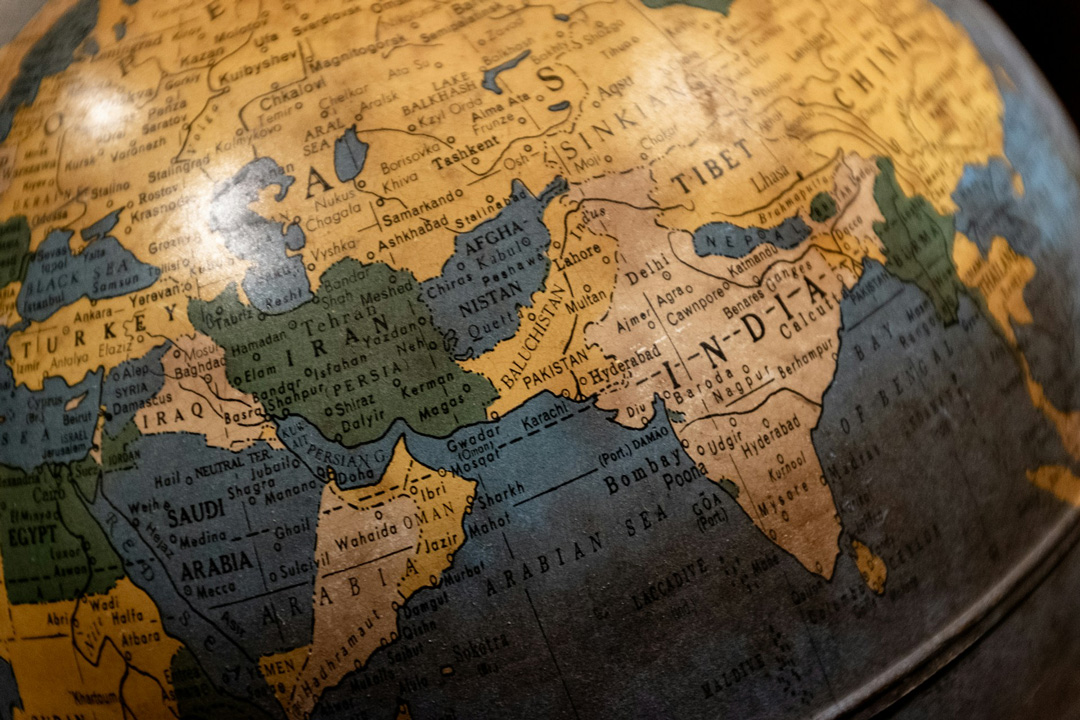The COVID-19 pandemic and the related recession of nations all over the world have resulted in the devastating effects on global supply chains and international trade. While various economic activities have been slowed or halted, the area that has been the most affected is trade.
It should come as no surprise to anyone that international trade would receive the biggest blow during such a crisis. However, no one anticipated just how much of an affect it would have.
In 2020, UNCTAD predicted that the value of global merchandise trade would fall by 5.6 percent. In reality, worldwide merchandise trade flows had declined by seven percent, followed by an additional two percent drop in early 2021.
Additionally, China’s response to the pandemic has damaged global supply chains. In August, local officials reported that the country was shutting down an entire shipping terminal at Ningbo-Zhoushan — the third busiest port in the world — after just one worker tested positive for COVID-19.
This decision alone is likely to create a lasting disruption on global supply chains, much like the country’s previous suspension of operations did in early 2021 at the Yantian Port.
China’s zero-tolerance policy for COVID has affected international trade as ports struggle to cope and delays pile up. As we near 2022, many nations ponder the future of global supply chains and international trade, and how China’s response will affect the industry.
Closing the Third Busiest Port In the World
According to the World Shipping Council, the Ningbo-Zhoushan port handled approximately 27.50 million TEUs (twenty-foot equivalent units) of container shipment flow in 2019.
In 2020, that amount rose to 28.72 million TEUs — nearly a five percent increase.
After just one coronavirus case was detected, China suspended all operations involving that port. This means that all inbound and outbound operations at the Meishan terminal were halted. The two main countries to take the biggest hit from the suspension were Europe and North America since right now is the busiest season for exports.
After a two-week long suspension, the Meishan terminal at the Ningbo-Zhoushan Port is back upon and running, but Peter Sand, chief shipping analyst at shipowner association BIMCO in Denmark, told CNN Business that it could potentially take 60 days for operations to resume normality.
To give you a better idea of the level of disruption — the Meishan terminal accounts for nearly 25 percent of all container cargo. Such a disruption could further affect operations for global retailers as they rush to restock products in anticipation of the holiday season.
Additionally, the closure of the Meishan terminal led to other Chinese port upsets.
Large international shipping lines are still working to adjust schedules and reroute vessels around the Ningbo-Zhoushan Port. Additionally, container shortages are ongoing as Vietnam continues to experience factory closures.
Coming Off the Heels of the Yantian Port Debacle and Suez Canal Blockage
While the Ningbo-Zhoushan port suspension has certainly taken its toll on global trade, it isn’t the first time something like this has happened during the COVID-19 pandemic.
Earlier this year, the Port of Yantian — the largest single port in China — reduced operation capacity to 20 percent due to frequent COVID-19 outbreaks. As a result, companies all over the world suffered from massive shipping delays and difficulty delivering containers and packages to customers on time. In May 2021, the port enforced a strict quarantine policy on all business operations to prevent the virus from spreading among workers and staff.
Prior to the Yantian port crisis, the Suez Canal experienced a major shipping blockage earlier this March, when a container ship, the Ever Given, ran aground and become lodged sideways across the waterway.
After six days, the Ever Given was finally freed. However, the damage had already been done, and the blockage cost about 12 percent of global trade. According to SCA chairman Osama Rabie, the Canal’s revenue took a $14 million hit for each day it was blocked.
How Shipping Companies Are Moving Forward
Together with the Yantian port delays and the Suez Canal blockade, China’s suspension of operations at the Meishan terminal has caused a whirlwind of global congestion, port disruptions, and shipping difficulty.
Now with the holiday shopping season upon us, global retailers are informing their customers of extended delays and congestion on incoming orders. Many shipping companies are being forced to reroute vessels to other nearby ports in an effort to keep things moving.
Mario Ciabarra, CEO of digital analysis firm Quantum Metric, told CNBC, “Inventory levels will be retailers’ primary concern as they are faced with the decision to either have limited or no stock of certain items or manage higher costs associated with air shipping goods instead.”
This disruption could not only pose problems for consumers, but also manufacturers as material shortages only continue.
The Future of Global Supply Chains
Fortunately, these shipping and logistics crises have incentivized global businesses to recognize the biggest vulnerabilities within their supply chains. This recognition is further motivating organizations to reevaluate the design of their supply chains and take action to improve supply chain resiliency.
Many supply chain practices have become outdated or over-established. In the future, global supply chains can work to diversify their supply base and utilize technological innovations like robotics and automation. Doing so can help reduce risk and increase a company’s capacity to recover quickly from similar global difficulties.
The global recession caused by the pandemic has undoubtedly exposed our weaknesses. As we approach a post-pandemic world, opportunities are increasing for design simplification and innovation. Companies should take this chance to uncover and address the hidden threats in their supply chains.




